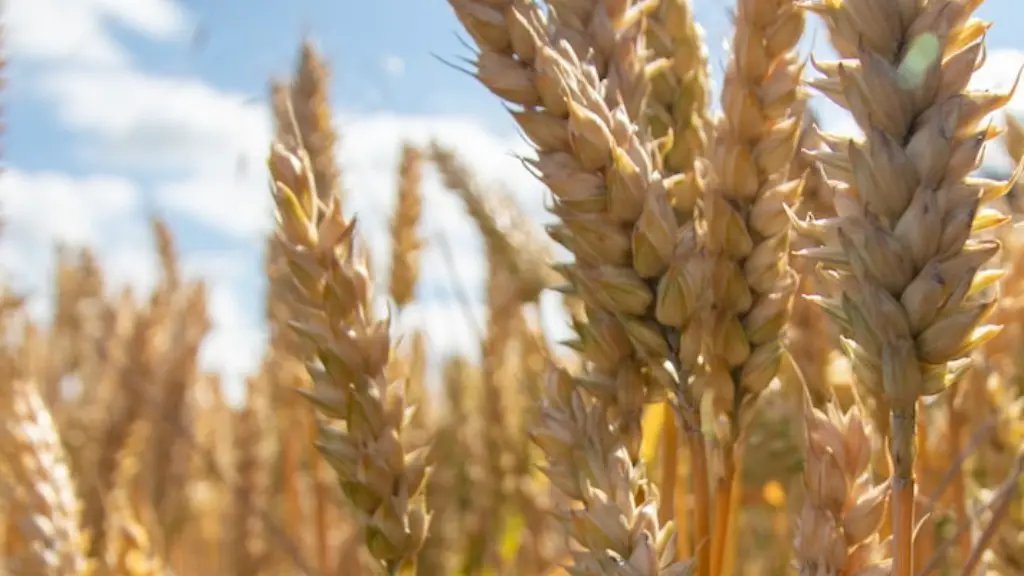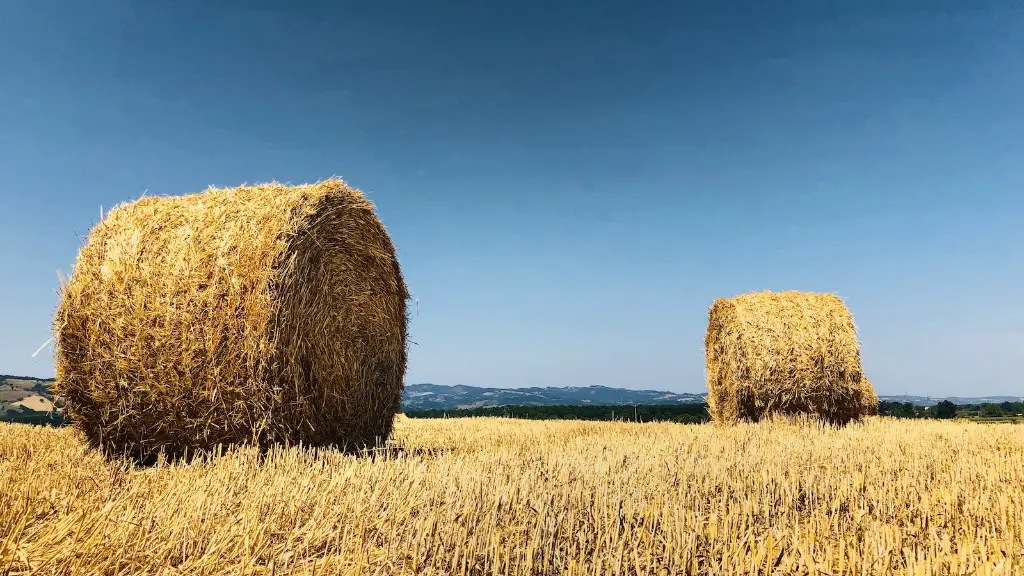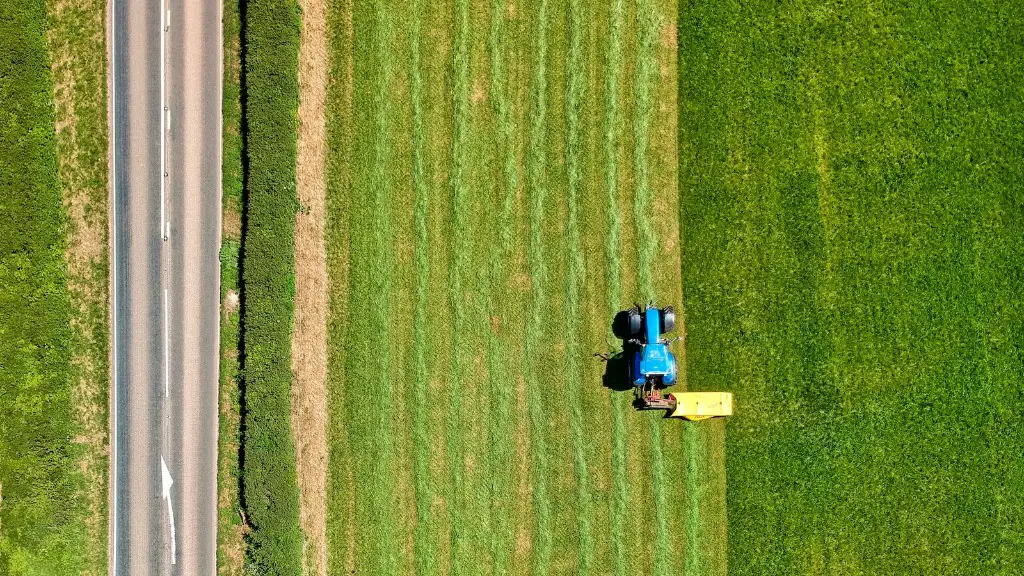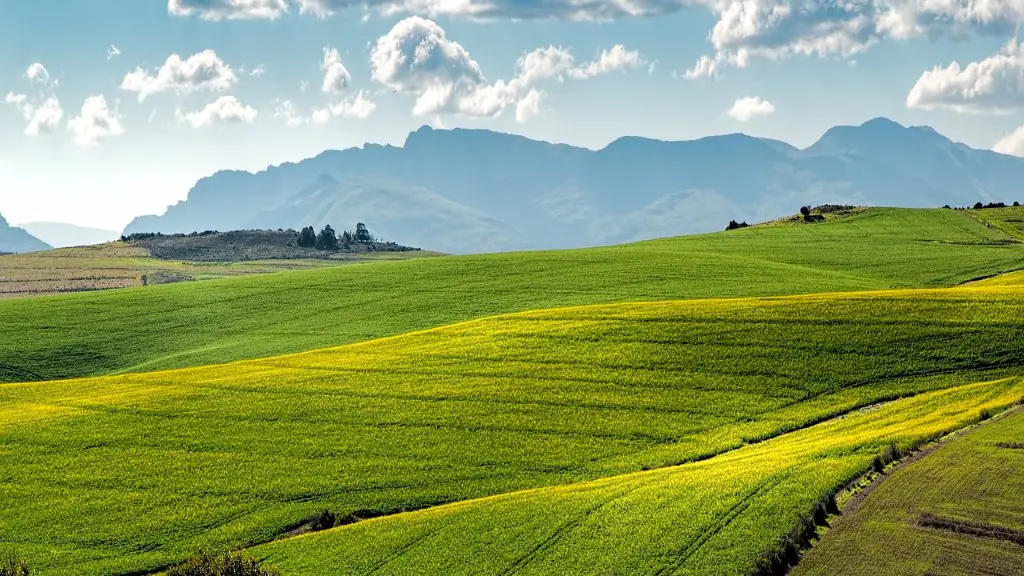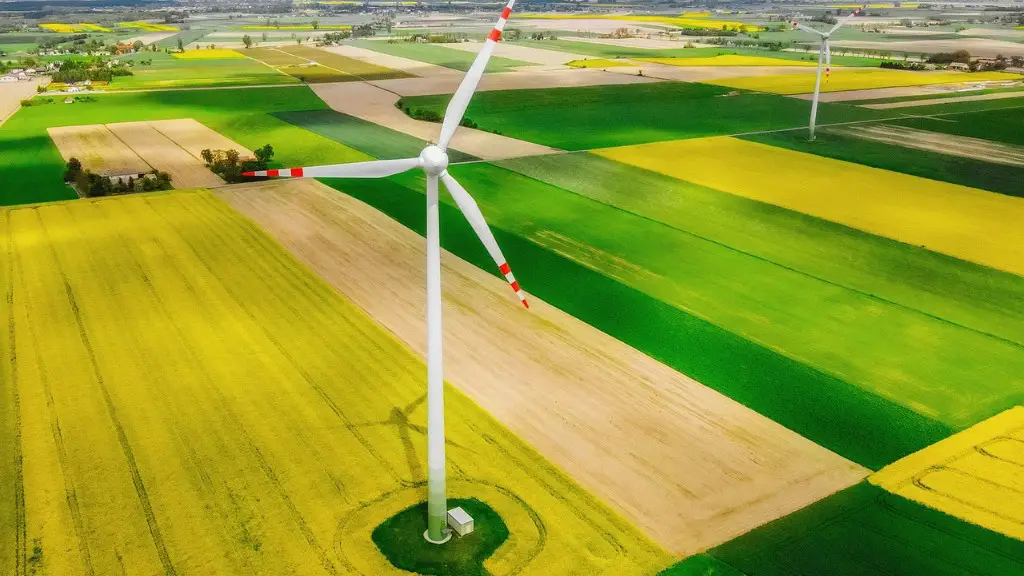Agriculture law covers a wide range of legal topics, from the rights of farmers and ranchers to the regulation of the agricultural industry. It also includes issues related to the environment, such as land use and water rights. Agricultural law is constantly evolving to keep up with changes in the industry, such as new technologies and the growth of organic farming.
Agricultural law is the body of law that governs the rights and responsibilities of those involved in agriculture. It covers a wide range of issues, including land use, water rights, crop insurance, and food safety.
What is the legal definition of Agriculture?
Agriculture and farming are important activities that involve the cultivation of the soil, dairying, forestry, and raising or harvesting of agricultural or horticultural commodities. These activities also include the raising, shearing, feeding, caring for, training, and management of livestock, including horses, bees, and other animals.
The Agricultural Act of 2014 (P.L. 113-79), commonly referred to as the 2014 Farm Bill, was a five-year reauthorization of agricultural and food policy programs previously authorized by the Food, Conservation, and Energy Act of 2008 (P.L. 110-246). The 2014 Farm Bill expired on September 30, 2018, and was not renewed or extended. However, many of the programs authorized by the 2014 Farm Bill continue to be funded through annual appropriations acts.
The 2014 Farm Bill continued many of the programs authorized by the 2008 Farm Bill, including:
• The Supplemental Nutrition Assistance Program (SNAP, formerly the Food Stamp Program);
• The Commodity Supplemental Food Program;
• The Special Supplemental Nutrition Program for Women, Infants, and Children (WIC);
• The National School Lunch Program;
• The School Breakfast Program;
• The Child and Adult Care Food Program;
• The Summer Food Service Program;
• The Fresh Fruit and Vegetable Program;
• The Emergency Food Assistance Program;
• The Commodity Assistance Program;
• The Food Distribution Program on Indian
What is the US agricultural policy
Farm policy in the United States is largely governed by a 5-year legislative cycle that produces a wide-ranging “Farm Bill.” Farm Bills, or Farm Acts, govern programs related to farming, food and nutrition, and rural communities, as well as aspects of bioenergy and forestry.
The most recent Farm Bill, the Agricultural Act of 2014, was passed in February 2014 and will expire in September 2018. The Farm Bill is typically renewed or amended every 5 years, and the process of crafting and passing a new Farm Bill is always a lengthy and contentious one.
Farm policy is a complex and ever-changing beast, and it can be difficult to keep up with all the ins and outs. But if you’re interested in learning more about US agricultural policy, there are a few good places to start. The Environmental Working Group’s Farm Subsidy Database is a great resource for understanding how farm subsidies are distributed, and the National Sustainable Agriculture Coalition is a good source for information on Farm Bill policy and the legislative process.
The US Congress has the power to regulate agricultural production under Article 1, Section 8 of the Federal Constitution. Programs and laws that pertain to farming are overseen by the Secretary of Agriculture, who represents the United States Department of Agriculture (USDA) in the President’s cabinet.
The USDA is responsible for developing and executing federal policies regarding farming, agriculture, and food. The agency also administers programs that provide financial assistance to farmers and ranchers, promotes agricultural trade and production, and works to ensure food safety.
The US Congress has a significant role in shaping agricultural policy, as it has the authority to pass laws that affect farming and food production. The USDA works closely with Congress to develop and implement policies that support the agricultural sector.
What is an example of agriculture law?
The agricultural policies are very important for the development of the agricultural sector. They aim at improving the welfare of the people working in the agricultural sector by ensuring agricultural development, increasing productivity, strengthening food safety and security, protecting and improving natural and biological resources, developing producer organizations, etc. These policies have helped in the development of the agricultural sector and have improved the welfare of the people working in this sector.
The Seeds Act of 1966 and the Seed Rules of 1968 regulate the crop seed industry in India. The act establishes quality standards for seed production, storage, and distribution, and sets penalties for violations. The rules supplement the act by providing additional regulations on labeling, packaging, and testing of seeds.
Why was the agricultural Act unconstitutional?
In his majority opinion, Justice Roberts argued that the Agricultural Adjustment Act was unconstitutional because it attempted to regulate and control agricultural production, an area reserved to the states. He noted that the Act would have a profound and far-reaching impact on the agricultural economy, and that it was therefore beyond the scope of the federal government’s power.
The 2014 Farm Act makes significant changes to the commodity programs, crop insurance options, and conservation programs. It also expands programs for specialty crops, organic farmers, bioenergy, rural development, and beginning farmers. These changes will help farmers better manage risk and produce a more secure food supply for the nation.
What is the purpose of the US Department of agriculture
The United States Department of Agriculture (USDA) provides leadership on food, agriculture, natural resources, rural development, nutrition, and related issues based on public policy, the best available science, and effective management. The USDA is a cabinet-level agency of the executive branch of the federal government. The USDA’s mission is “to provide leadership on food, agriculture, natural resources, rural development, nutrition, and related issues based on sound public policy, the best available science, and effective management.”
The top 10 agriculture-producing States in terms of cash receipts in calendar year 2021 were (in descending order): California, Iowa, Nebraska, Texas, Minnesota, Illinois, Kansas, Indiana, North Carolina, and Wisconsin. Agriculture is a vital sector of the economy in each of these States, and they are all major contributors to the nation’s food supply. Collectively, these 10 States produce a significant portion of the food consumed in the United States.
What are the current issues in agriculture?
Rising input costs and the lack of farmworkers continue to be the top issues facing US agriculture in 2022. Trade, water regulation and rights, and the farm bill are also major issues that will impact the agricultural industry in the coming year.
An agricultural policy is a written statement outlining the actions that the government or a private company will take to support the agricultural industry. The policy will cover different areas including farmland, seeds, water, and agricultural chemicals. Many policies also support the research and development of new technologies to improve yields and sustainability.
A programme is a more comprehensive plan that includes objectives, timelines, and the resources required to achieve those objectives. A programme for agricultural development would lay out what needs to be done to improve the sector and how it will be done. This could cover everything from increasing farmland to providing better access to markets for farmers.
Does the federal government control agriculture
The federal and provincial governments are both responsible for agriculture in Canada. The federal government regulates exports and marketing, while provincial governments regulate and support marketing in their province. Both levels of government work together to ensure that the agricultural industry in Canada is thriving.
The U.S. Constitution prohibits states from entering into treaties, alliances, or confederations; granting letters of marque and reprisal; coining money; emitting bills of credit; making anything but gold and silver coin a tender in payment of debts; passing any bill of attainder, ex post facto law, or law impairing the obligation of contracts; or granting any title. This provision is designed to prevent states from circumventing the Constitution and the federal government.
Why does the government pay farmers to not farm their land?
The government pays farmers not to grow crops because it is cheaper than providing agricultural price support programs. This way, the farmers can still sell their crops for a profit, but the government doesn’t have to spend as much money on subsidies.
Industrialized agriculture refers to large-scale production of crops and livestock, using intensive methods such as mechanization, irrigation, and chemical inputs. This type of agriculture is typically found in developed countries, where it forms the basis of their food supply.
Subsistence agriculture, on the other hand, is characterized by small-scale production for local consumption. This type of agriculture is often found in developing countries, where families practice it to meet their basic needs.
Warp Up
Agriculture law is a body of law that applies to the agricultural industry. It includes laws relating to the ownership and operation of farms, the production and sale of agricultural products, and the regulation of agricultural businesses.
Agricultural law is a body of law that governs the rights and responsibilities of those involved in agriculture. It encompasses a wide range of issues, including land use, water rights, livestock management, and agricultural product regulation. Agricultural law also covers environmental issues, such as pesticide use and farming practices that can impact water quality.
